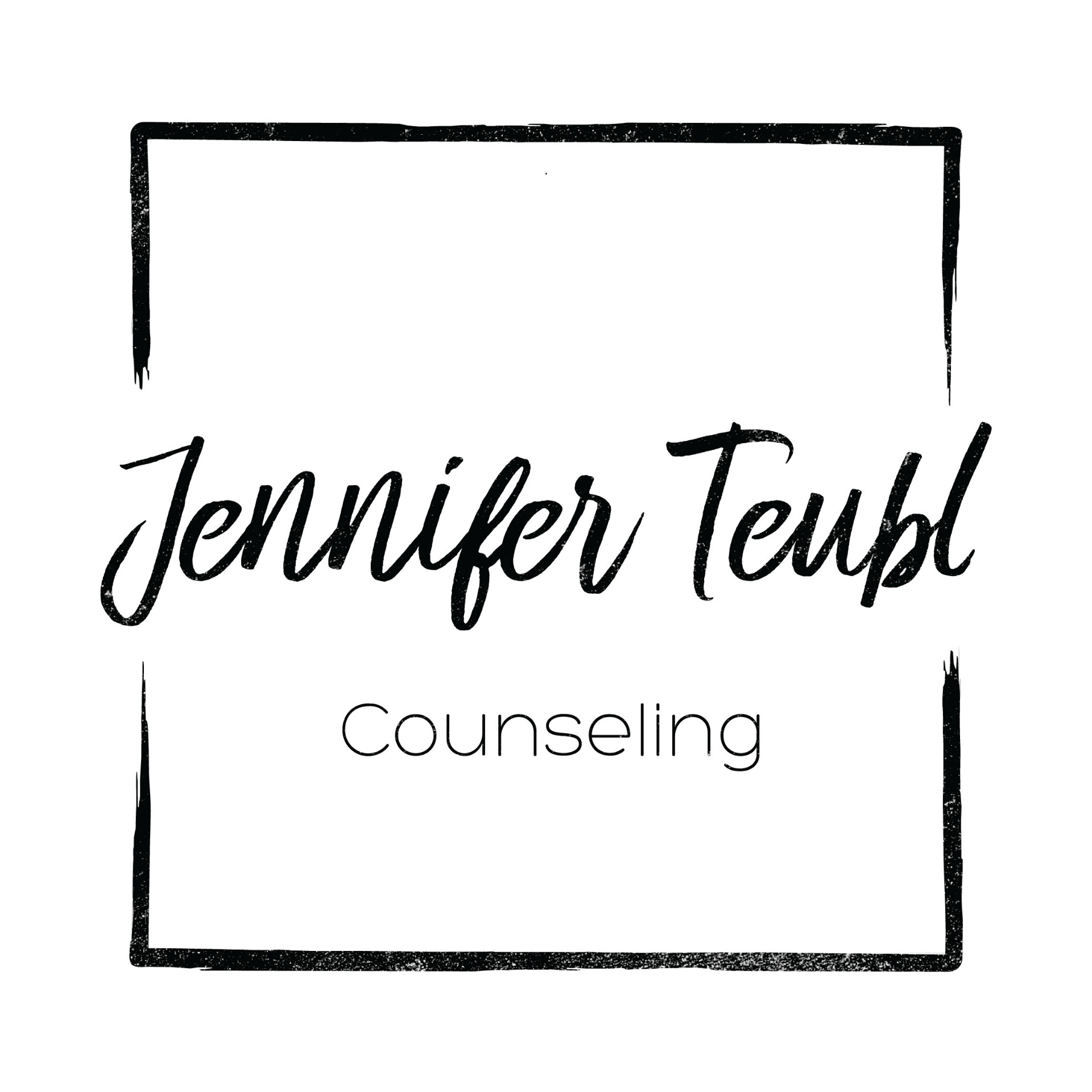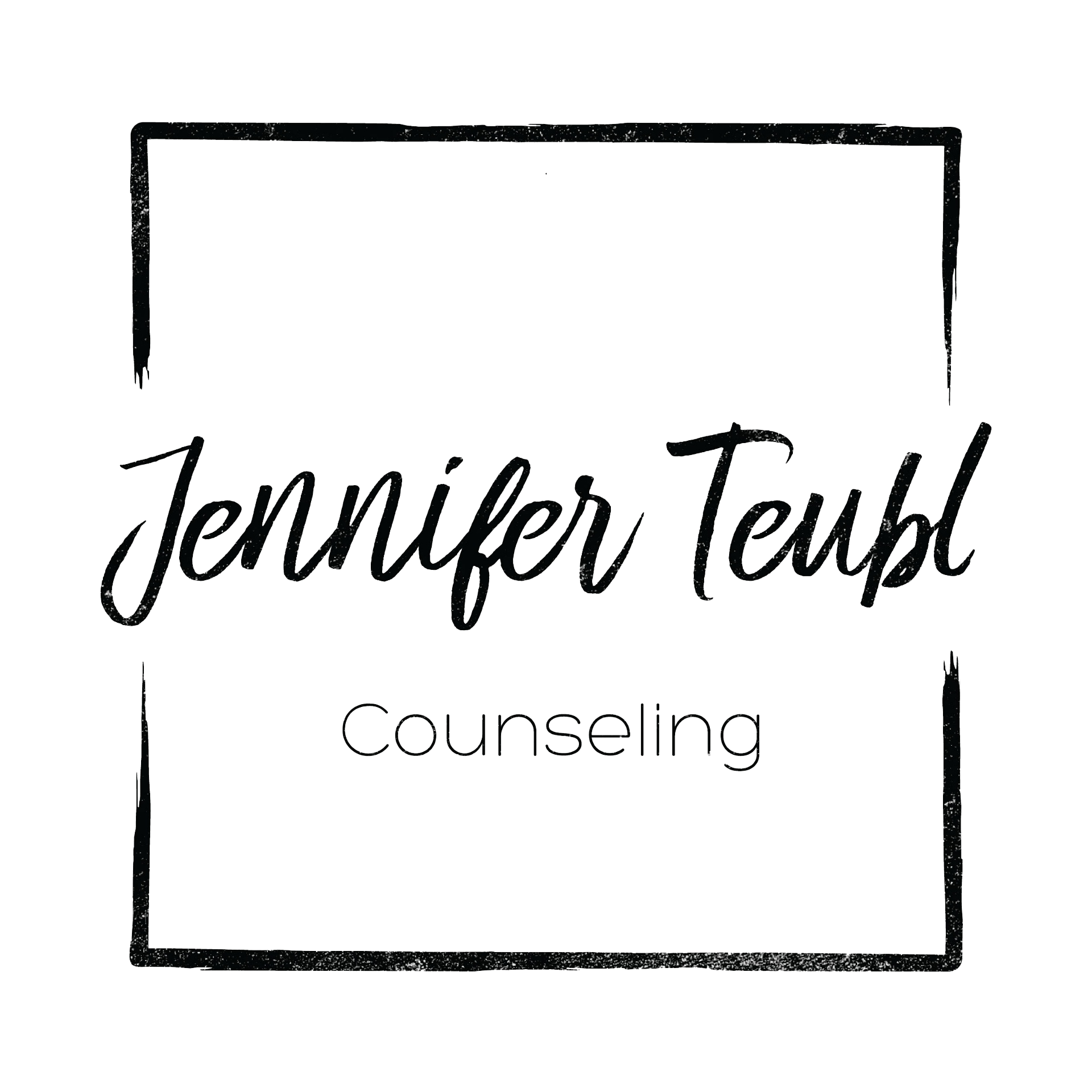Brené Brown’s Six Vulnerability Myths
Have you seen the Netflix Special featuring Brené Brown? Brown busts six myths surrounding vulnerability and how practicing it is not only a good thing but is a superpower for living a courageous life!
Psychology Today contributor, Barbara Markway, Ph.D. writes, Brené Brown’s vast and popular body of work (multiple best-selling books, wildly popular TED talks, and now a new Netflix special, The Call to Courage) have shown us that vulnerability is actually a good thing—the place where creativity, connection, courage, love, belonging, trust, and joy are born. Yet many people, myself included, even once convinced to give this “vulnerability thing” a try, simply aren’t sure where to start. In her new Netflix special, Brown explores the myths surrounding vulnerability so people can put the unsung superpower of vulnerability into action.
Myth #1. Vulnerability is weakness
Most of us believe vulnerability equals weakness, and for some good reasons. First, the dictionary definition of vulnerability typically reads like this: the quality or state of being exposed to the possibility of being attacked or harmed, either physically or emotionally. That definitely sounds like weakness and something you wouldn’t want to do voluntarily. Second, most of us are raised to be “brave,” but only be brave in a way that doesn’t involve risking rejection or failure. Brown defines vulnerability differently. Based on decades of social science research, she’s found that vulnerability involves uncertainty, risk, and emotional exposure. Furthermore, she argues that vulnerability is a necessary precursor to courage.
During the Netflix special, she told the story of talking with members of troops in the Special Forces. She explained her definition of vulnerability and then asked if anyone could find an example of courage that did not involve vulnerability. One person, who had served three tours, raised his hand and said he could think of no examples. He agreed, “There can be no courage without vulnerability.”
Putting this into practice: In her book, Daring Greatly, Brown lists examples in which people feel vulnerable. The list is lengthy and includes everything from saying no, saying “I love you” first, trying something new, asking for help, or sharing a piece of writing or art publicly. Take a moment to finish this sentence: “Vulnerability for me is _______________________.”
Myth #2. I don’t do vulnerability
Brown says this is a phrase she often hears: “I don’t do vulnerability.” But she goes on to explain we have two options. 1) You either “do vulnerability willingly” or 2) “vulnerability does you.” What does she mean by this?
When you’re in a situation that causes you to feel vulnerable, you have a couple of options. You can sit with the feelings, acknowledge that they’re uncomfortable, but realize you’re consciously making the decision to be brave and do what it is you’ve set out to do. Or, you can distract and numb yourself from the feelings. One way people do this that can cause a lot of harm in relationships is, as Brown says, to “work out their sh*t on other people.”
Let’s say you’re feeling bad about something that happened at work. Maybe you received some unexpected negative feedback. All your shame triggers were flying (“I’m so incompetent.”). You go home and find your spouse watching TV, dinner isn’t started, the kids are out playing instead of doing their homework. You lash out, “Can’t you do any of the work around here. I’m sick and tired of this.” A fight ensues, and you both end the evening in stony silence. What would be an alternative, a way of approaching the situation that would involve some vulnerability in the best sense of the word? You could say, “I just need you to know that I had a rough day at work and I could use someone to listen to me without trying to fix everything. I also want you to know I may be crabby but it’s not you…”
Putting this into practice: Think of a time when something had triggered a “shame attack” and you took it out on someone else, or maybe you took it out on yourself by overeating or drinking too much. What would it have been like if you’d tried a different approach? Can you imagine doing so in the future?
Myth #3. I can go it alone
Someone came up to talk to Brown after one of her presentations and said, “You’ve convinced me. I’m going to try vulnerability, but I’m going to try it by myself. I’ll see how it goes and then I’ll try it with other people.” The crowd laughs, partly at the absurdity of this declaration, but also, because we recognize ourselves in this. We live in a culture that admires people who do it on their own. We don’t want to ask for help. We don’t want to ask for support. It’s scary to be vulnerable with others. We could be rejected. Our hearts could break. We don’t want to need others, but we do. We’re biologically “wired for connection.” We need other people for survival. And in addition, Brown states, “In the absence of love and belonging there is suffering.”
Putting this into practice: When is it hard for you to ask for help or support? What would make it easier? Can you recall a time when you asked for help and it went well? How do you feel when others ask for support?
Myth #4. You can engineer discomfort out of vulnerability
Brown says she now spends about 70 percent or more of her time now working with companies on leadership issues, many of them tech companies. She says there is always someone trying to figure out some hack or algorithm to take the discomfort out of vulnerability. She doesn’t blame them; in fact, she said she spent years trying to do that herself, and if there had been a way, she would have found it. Brown says we need to train ourselves to be comfortable with discomfort and uncertainty. She says that with practice, it does get easier.
Putting this into practice: The next time you feel uncomfortable, pause, take even a few deep breaths and don’t immediately go for the easy distraction. Let yourself just be with the feelings. Similarly, if someone else is expressing discomfort, don’t rush in to fix it. In a way, over-over-fixing, however well-meaning on the surface, can be a sign of disrespect: you don’t trust the other person enough to be able to solve their own problems (and some problems can’t be fixed).
Myth #5. Trust comes before vulnerability
This myth is sort of like the chicken and the egg. Do you trust someone before you share your vulnerabilities, or does sharing your vulnerability build trust? Brown advises to start sharing little things over time to determine who earns the right to hear your story. You don’t just walk up to someone you just met and share your deepest secrets. “Vulnerability minus boundaries is not vulnerability,” says Brown.
Putting this into practice: Are you an “over-sharer” or an “under-sharer”? We all probably know an over-sharer (see below) as I think they tend to be more common in this era of social media. However, I tend to be an under-sharer, and not voluntarily give much personal information about myself. It’s almost as if I’m afraid someone will use any personal information against me (I know this is irrational.) Take note of which direction you lean and try to nudge yourself a bit in the opposite direction. For example, If someone asks me how my weekend was, I will strive to say more than “fine.”
Myth #6. Vulnerability is NOT the same as disclosure
Brown jokes that live tweeting your bikini wax is not vulnerability. Vulnerability doesn’t have as much to do with the amount of disclosure, but with the quality of what is disclosed and the intention behind it.
Putting this into practice: Before sharing something publicly, Brown advises asking these questions:
Why am I sharing this?
What outcome am I hoping for?
What emotions am I experiencing?
What unmet needs might I be trying to meet?
To summarize, Brown says:
Vulnerability is scary, but it’s better than getting to the end of your life and realizing that you didn’t show up or be seen.
Brown covers these six myths more fully in her book Daring Greatly.
If you don’t have Netflix, You can also hear Brené Brown talk about these issues on a recent podcast episode of 10% Happier with Dan Harris.

